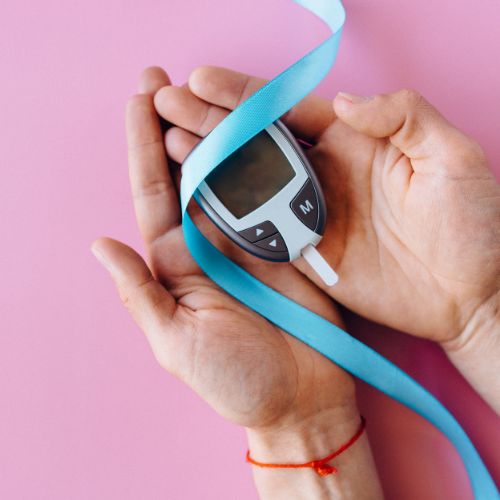Diabetes is a chronic condition that can have a significant impact on various parts of the body, including the feet. High blood sugar levels can cause nerve damage (neuropathy) and poor blood circulation, leading to potential foot complications. Proper foot care is crucial for individuals with diabetes to prevent serious foot problems and maintain optimal foot health. In this comprehensive article, we will provide important foot care tips specifically tailored to those living with diabetes.

1. Daily Foot Inspection
- Inspect your feet daily for any cuts, blisters, sores, or redness.
- Use a mirror or ask someone to help check the bottom of your feet if necessary.
- Early detection of foot issues allows for timely treatment and prevents complications.
2. Wash and Dry Your Feet Daily
- Wash your feet with mild soap and lukewarm water, avoiding hot water that can cause burns or injuries.
- Gently pat your feet dry, making sure to dry the spaces between the toes to prevent fungal infections.
- Moisturize your feet regularly, but avoid applying lotion between the toes to keep the area dry.
3. Proper Nail Care
- Trim your toenails straight across and avoid cutting them too short to prevent ingrown toenails.
- File the edges of the nails to smooth any rough areas.
- If you have difficulty trimming your nails, consider seeking professional foot care.
4. Wear Comfortable and Properly Fitting Footwear
- Choose shoes that provide ample room for your toes and do not squeeze or put pressure on any part of the foot.
- Opt for breathable materials to prevent excessive sweating and fungal infections.
- Always wear socks with your shoes to reduce friction and prevent blisters.
5. Avoid Going Barefoot
- Refrain from walking barefoot, even at home, to protect your feet from cuts, burns, and other injuries.
- Always wear supportive footwear, even indoors, to minimize the risk of foot complications.
6. Manage Blood Sugar Levels
- Keep your blood sugar levels within the target range advised by your healthcare provider.
- Consistently monitor your blood glucose levels and follow your diabetes management plan.
7. Regular Exercise
- Engage in regular physical activity to improve blood circulation and foot health.
- Choose low-impact exercises that are gentle on the feet, such as walking, swimming, or cycling.
8. Foot Exercises
- Perform foot exercises to maintain foot flexibility and strength.
- Stretch your toes, rotate your ankles, and flex your feet regularly.
9. Avoid Smoking and Limit Alcohol Consumption
- Smoking and excessive alcohol consumption can further hinder blood circulation and delay wound healing.
- Quit smoking and limit alcohol intake to promote overall health, including foot health.
10. Preventing Foot Infections
- Inspect your feet for any signs of infection, such as redness, swelling, or drainage from wounds.
- Treat any cuts, sores, or blisters promptly and seek medical attention if needed.
- Avoid using sharp objects to remove calluses or corns; consult a healthcare professional for proper care.
11. Educate Yourself about Foot Care
- Stay informed about diabetes-related foot complications and proper foot care practices.
- Attend diabetes education classes or workshops to enhance your knowledge.
12. Regular Foot Examinations
- Schedule regular foot examinations with a podiatrist or foot care specialist.
- A professional can assess your foot health, identify any issues, and provide personalized care recommendations.
13. Managing Foot Ulcers
- If you develop a foot ulcer, seek immediate medical attention and follow your healthcare provider’s instructions for treatment and wound care.
- Keeping foot ulcers clean and covered is essential for preventing infections and promoting healing.
14. Diabetes and Neuropathy Management
- Properly manage diabetes and follow your treatment plan to prevent neuropathy or slow its progression.
- Monitor your feet for signs of neuropathy, such as tingling or numbness.
15. Be Prepared for Emergencies
- Have an emergency plan in place for any foot-related complications that may arise.
- Know when to seek medical attention urgently, especially if you notice signs of infection or worsening foot conditions.
Conclusion
Foot care is an integral part of diabetes management. By following these important care tips, individuals with diabetes can protect their feet, prevent serious complications, and maintain overall foot health. Regular foot inspections, proper nail care, wearing appropriate footwear, and managing blood sugar levels are just some of the essential practices that can make a significant difference in preventing foot problems associated with diabetes. Remember to seek professional advice for any foot concerns and prioritize foot care as a crucial aspect of diabetes self-care. Taking care of your feet will allow you to lead an active and healthy life despite living with diabetes.
